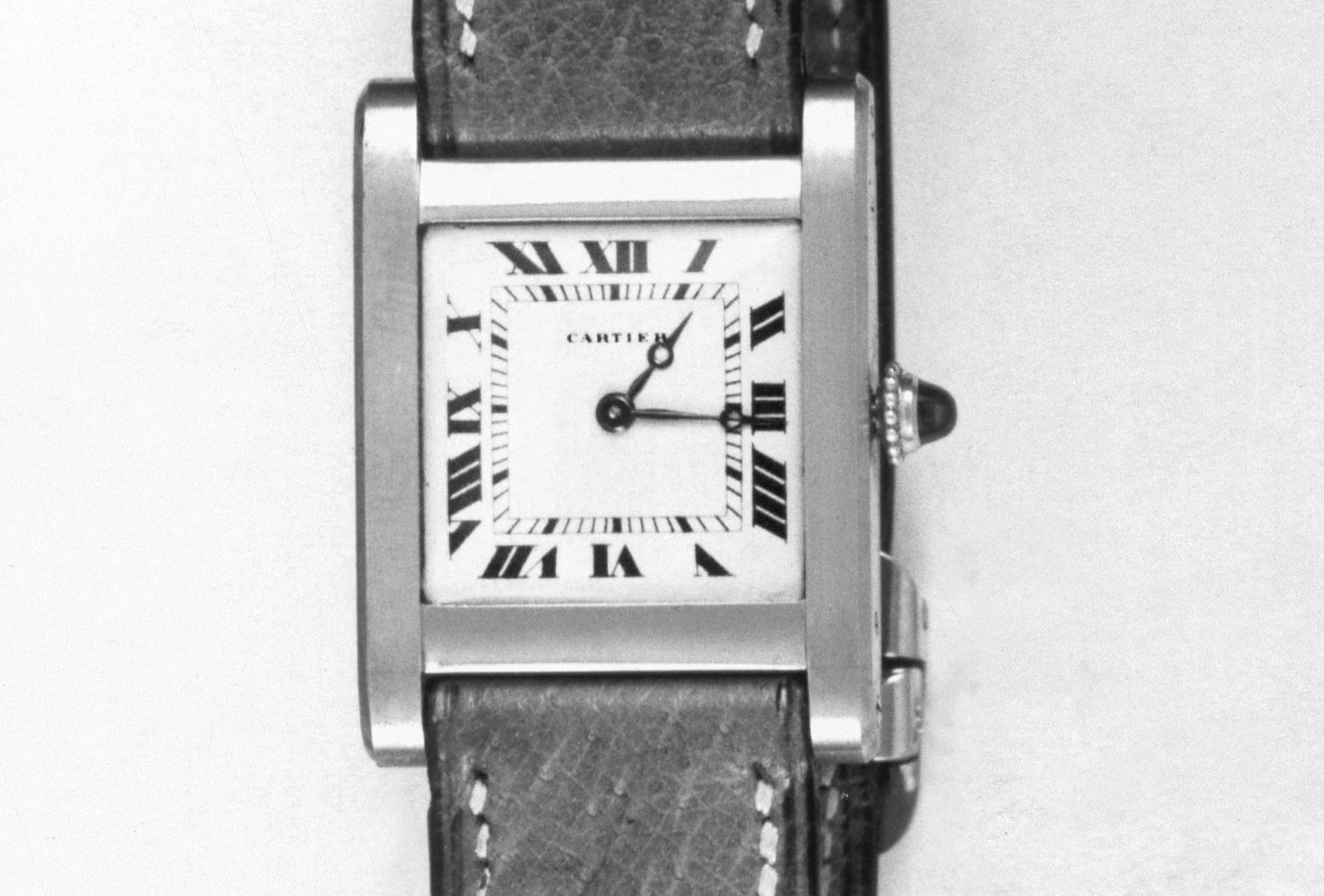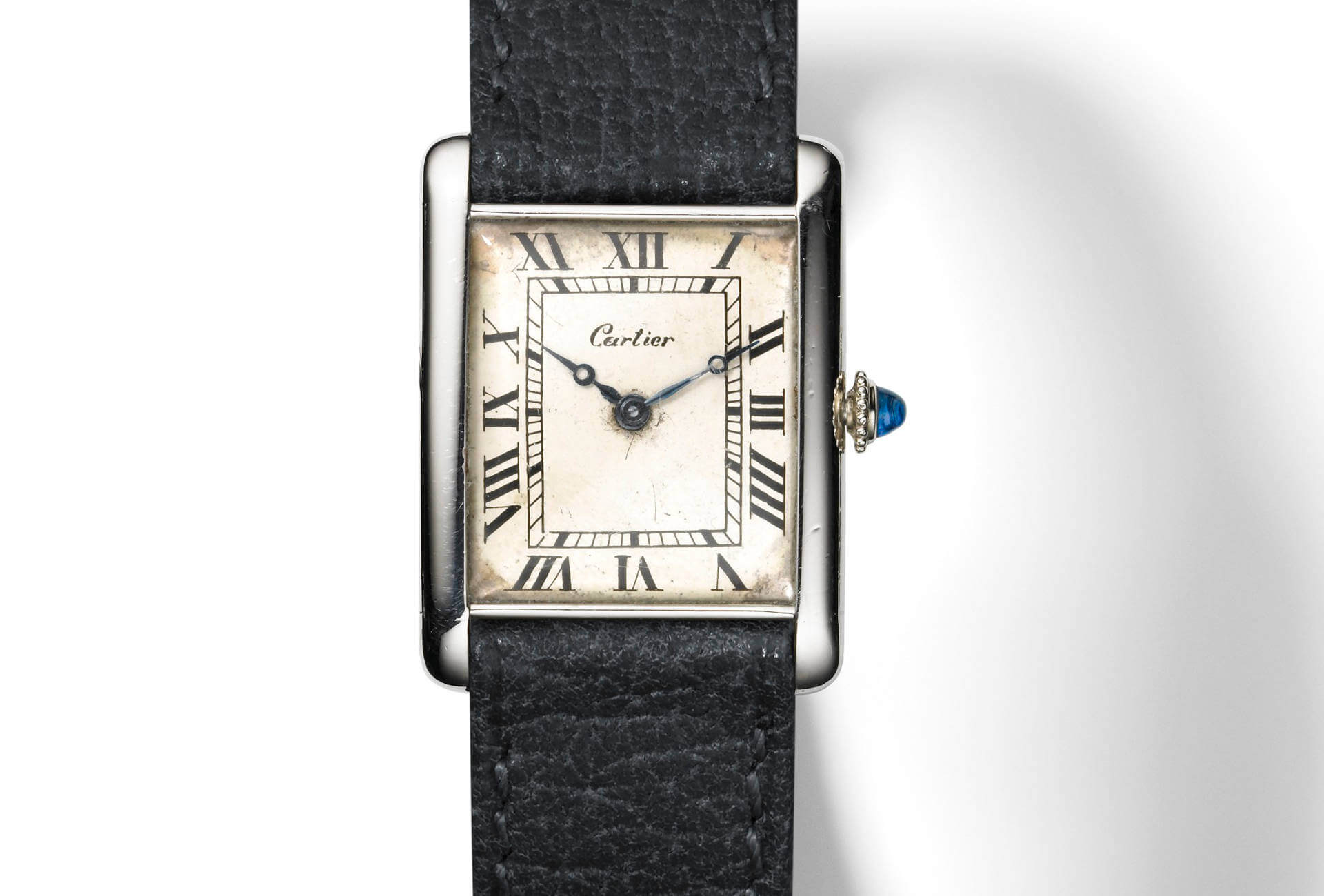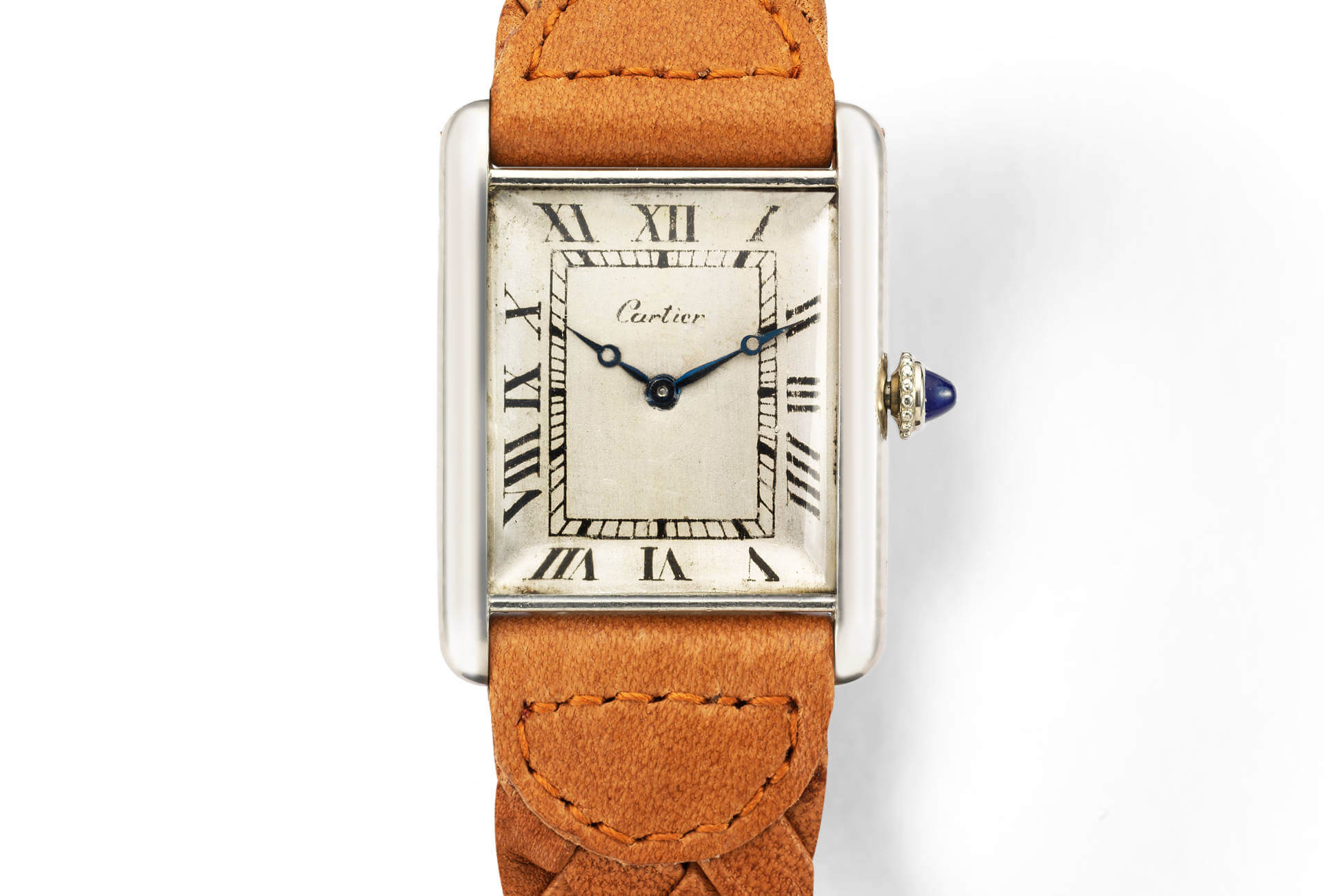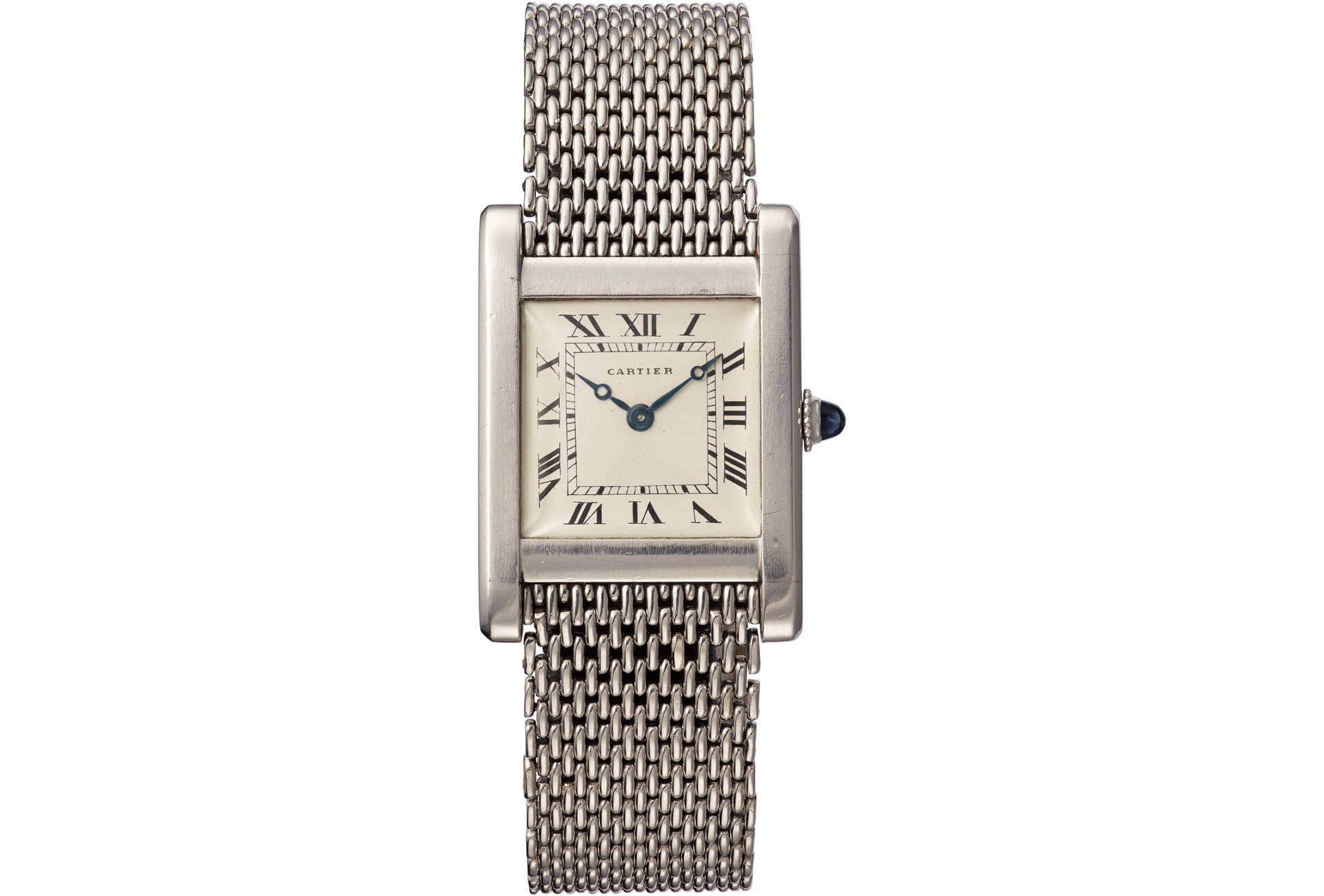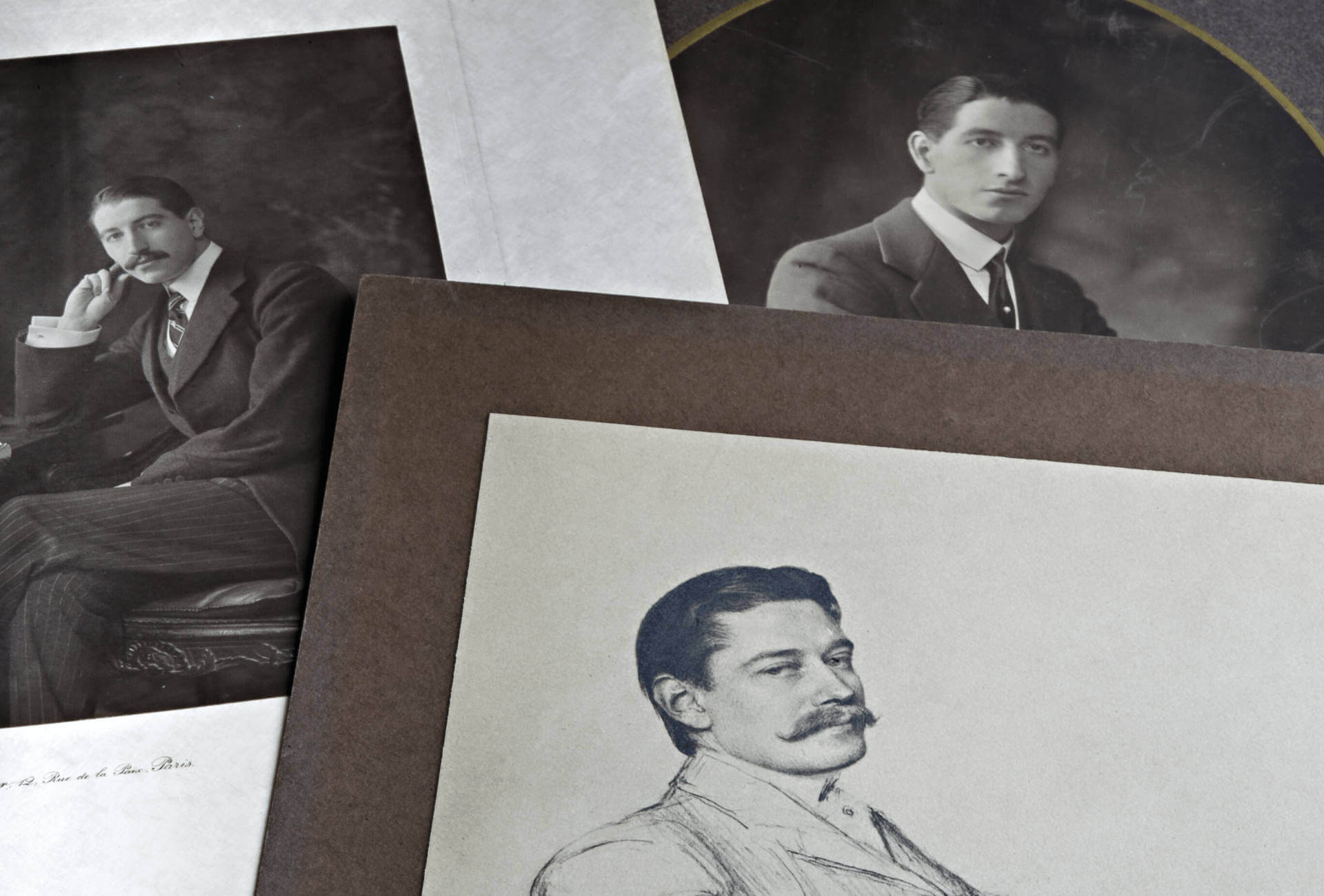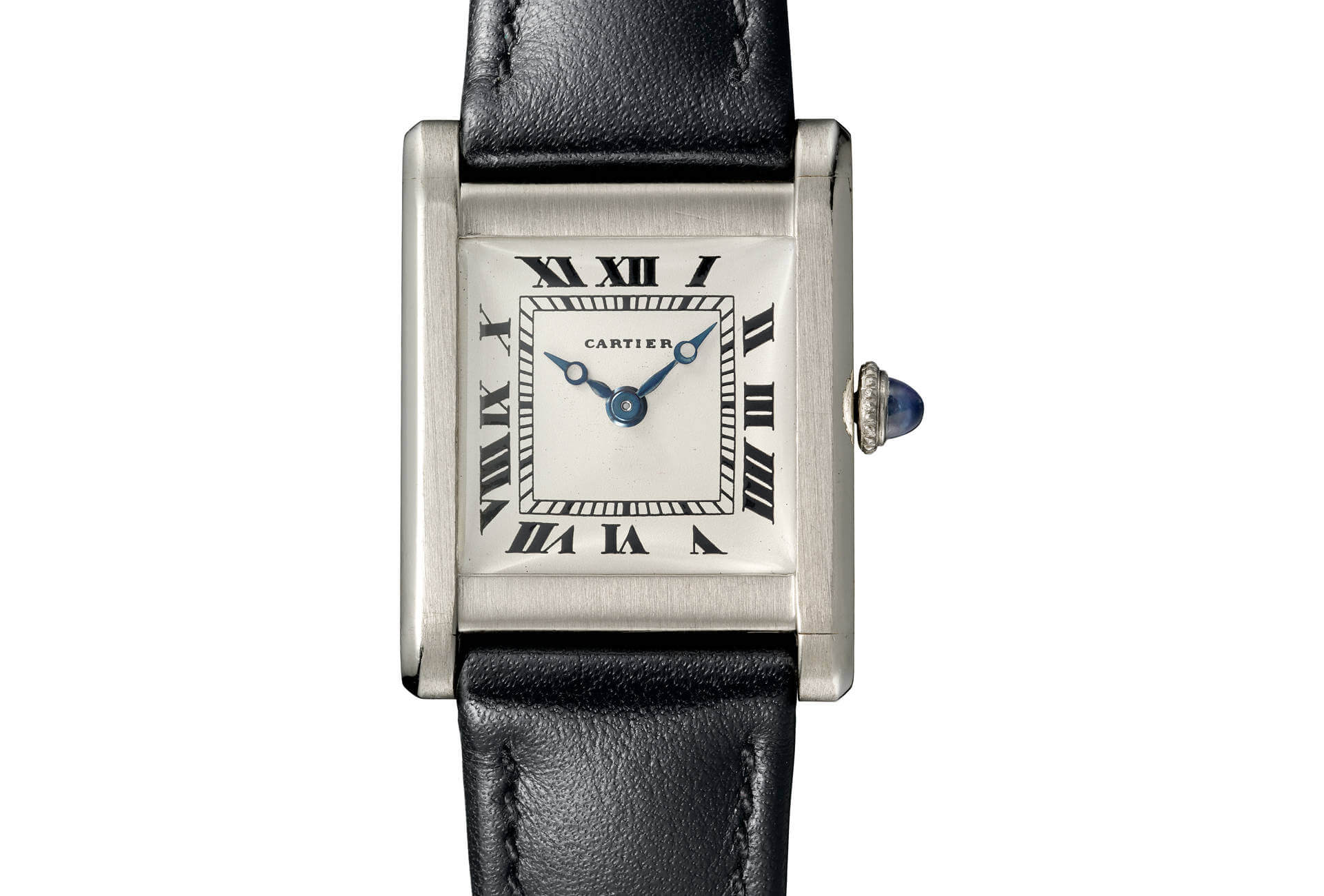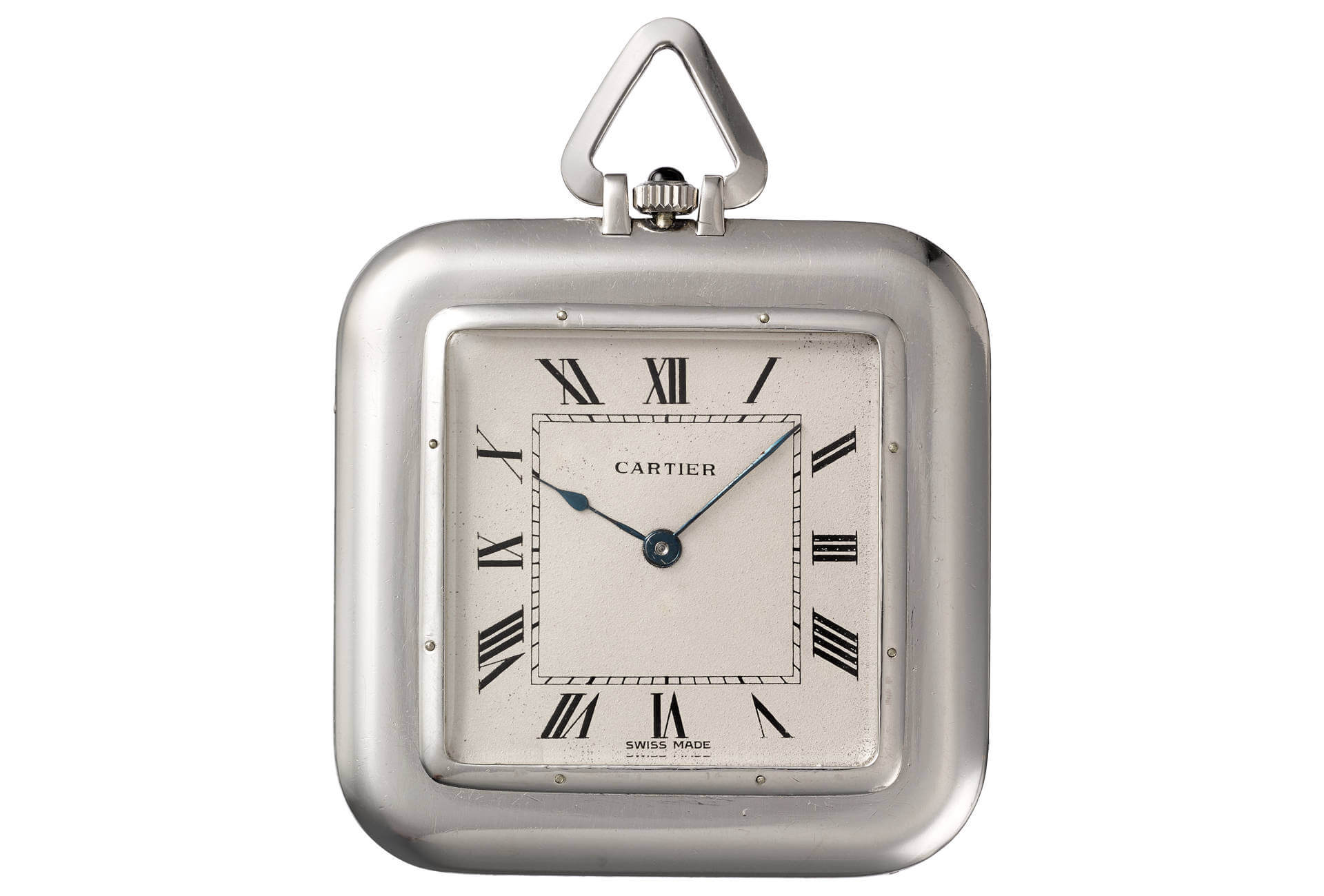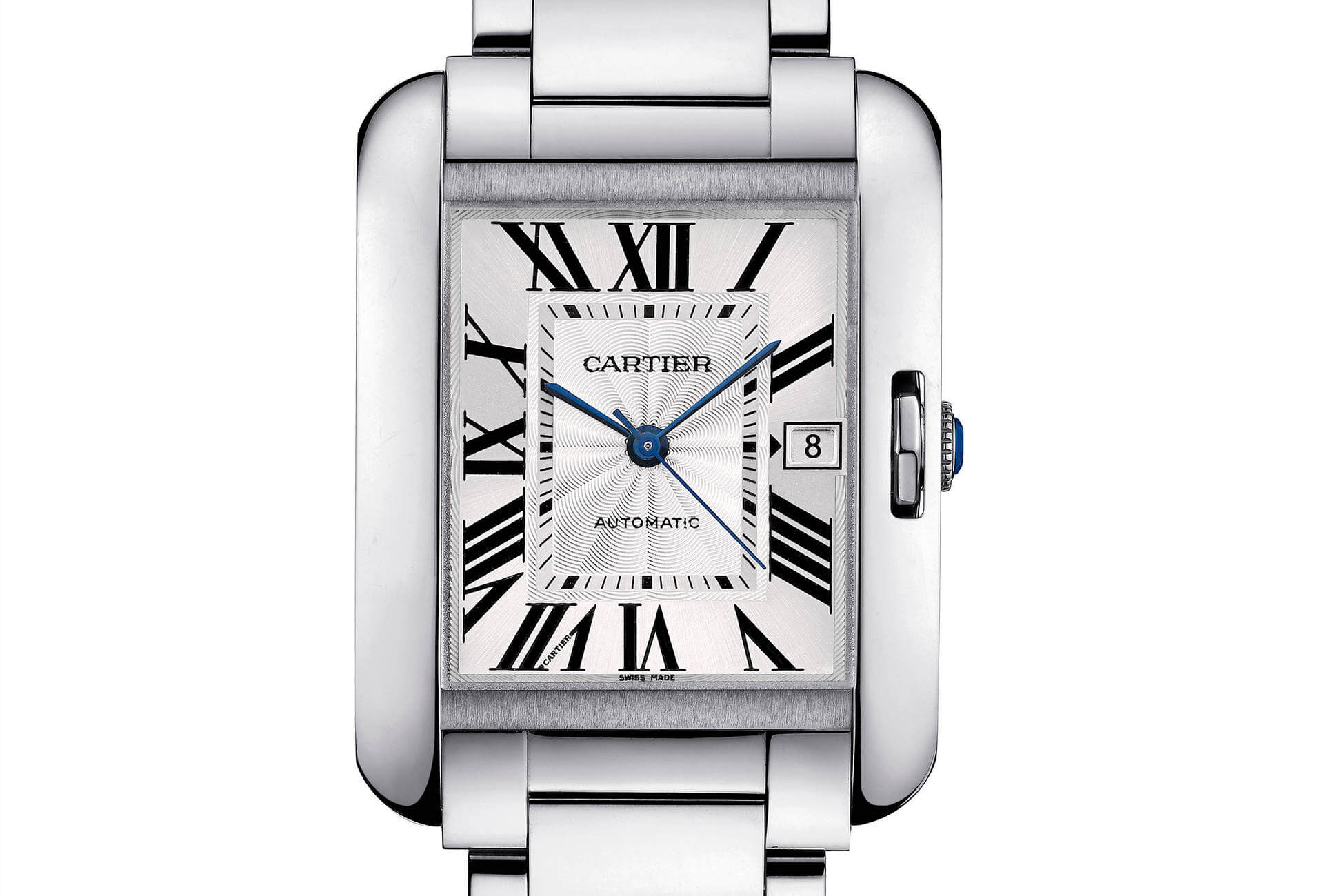From its origins in Paris, the Tank helped transform Cartier into a worldwide institution. Its success in France and beyond convinced the Cartier brothers of the need to be where their customers were. New York beckoned, and Cartier’s first American branch opened there in 1909 with, at the helm, Pierre Cartier, brother to Louis and younger by three years. Having grown up dreaming of a career as an ambassador, Pierre had no difficulty in winning over a vast clientele in the New World, while his marriage to Elma Rumsey, the daughter of a wealthy industrialist from Saint-Louis, Missouri, who was also business partner to the railroad magnate John Pierpont Morgan, meant America’s most prominent families opened their doors to the Frenchman. Cartier’s New York store thrived to the point that a decade later Cartier Inc. was established to cover the United States. Edmond Jaeger followed suit when he opened a small offshoot of his business in the city that was beginning to overshadow London as the world’s foremost financial centre. There could be no mistaking the fact: for Cartier, the United States was a land waiting to be conquered. Watches were one way to achieve this, and naturally this meant the Tank. The New York workshop had two strings to its bow: assembling the cases for Cartier’s watches was one; design was the other, and a succession of variations on the original Tank would follow. In terms of creativity, Cartier New York had nothing to envy its Paris counterpart!
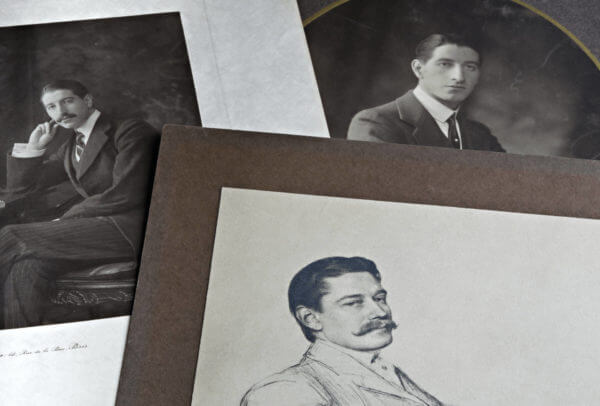
From Barbara to Michelle
The American public were in love with a watch whose unapologetically rectilinear form, not to mention its irresistible “French touch”, were welcomed into the most influential circles. Business was one, of course: the Tank would be the favourite watch of publisher William Randolph Hearst and of billionaire Barbara Hutton. Art and culture was another. From the moment The Jazz Singer ushered in a new era of talkies, in 1927, the Tank claimed top billing, seducing the likes of Gary Cooper, Clark Gable, Elizabeth Taylor and Henry Fonda. Hollywood ruled cinema screens around the world, in much the same way jazz took over the airwaves, with songs by Cole Porter and Duke Ellington, two of the Tank’s devotees. It would be virtually impossible to list every single American personality who has fallen for the Tank. From Mohamed Ali to Andy Warhol, from Truman Capote to Jackie Kennedy, they are all part of the Tank’s hagiography, right up to Michelle Obama who, in a more recent era, posed for her White House portrait in 2009 with a Tank Française on her wrist.
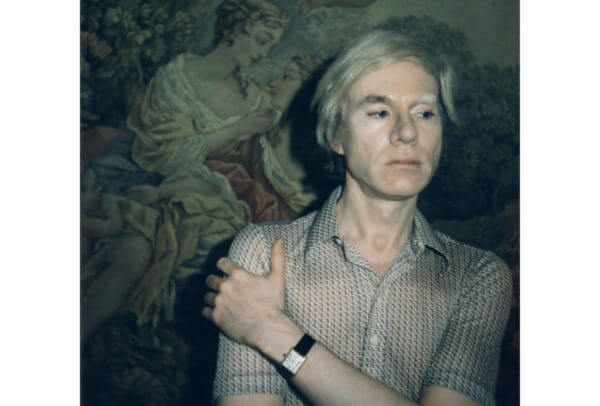
This American “success story” would be repeated in London, where one of Cartier’s most fervent admirers was none other than Edward VII. He acceded to the throne in 1902, and made Cartier his official supplier. Such an accolade bode well for Cartier’s London business, which was entrusted to Jacques, the youngest brother, in 1906. The Tank would naturally benefit, winning admirers within the British royal family but also among high-ranking individuals in the colonies, not least maharajahs such as those of Jamnagar and Cashmere. However, unlike Cartier New York which was quick to impose its own style of watchmaking, Cartier London did so only from the 1950s when a new generation took over at the head of the firm. Following the deaths of Louis and of Jacques Cartier in 1942, it was Jean-Jacques who would travel to London, at the end of the Second World War, to take over from his father. He made the Tank his design playground, even renaming it JJC, his initials. Multiple variations, including the extravagant JJC Wide, precursor to the Tank Divan in 2002, gave a new face to this already legendary watch that continued to attract a prestigious clientele in these post-war years. Nobility, stars of stage and screen, men and women of culture, important politicians, they all succumbed to the Tank.
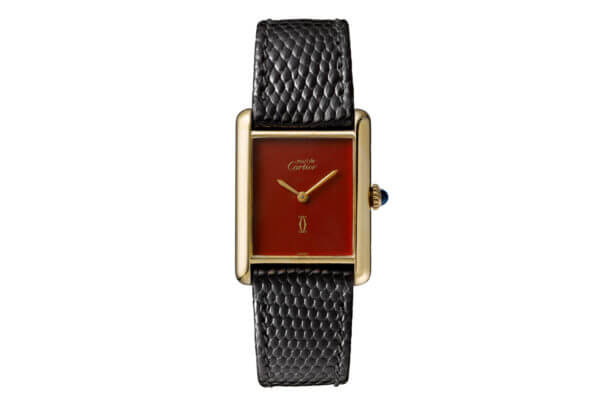
A tale of three cities
But as in Ancient Rome, it would take a second triumvirate to give new impetus to Cartier, whose American branch had been sold in 1962, and which was searching for its identity in its homeland. Cartier Paris was sold in 1972. Still in family hands, Cartier London was sold in 1974, and Cartier New York two years later. The men behind these acquisitions were business strategist Robert Hocq, investor Joseph Kanoui and entrepreneur Alain Dominique Perrin. Together, they engineered Cartier’s return centre-stage thanks to Les Must, a concept that reinvigorated its image. What, though, of the Tank? Still considered one of the firm’s iconic watches, its design embraced some subtle changes without ever straying from the timeless aesthetic of the styles which had underpinned its success. It retained its appeal as a precious timepiece, until quartz reshuffled the cards. Cartier responded with the Tank Must, a global phenomenon.
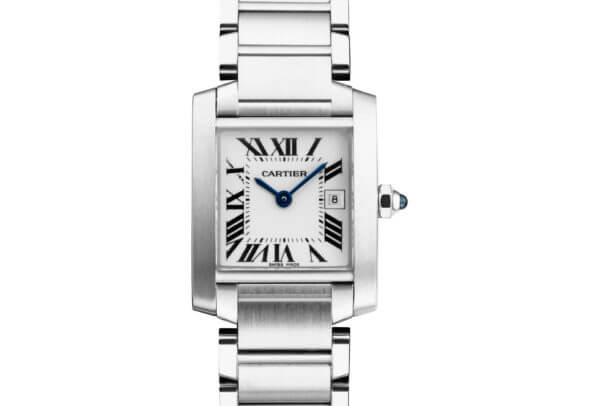
The Tank’s recent history ties in with Cartier’s industrial development and vertical integration, led by Compagnie Financière Richemont – Cartier was consolidated within the group in 1988. Over the years, it has built up the necessary resources to become a legitimate manufacture, capable of designing and manufacturing its watches and all their constituent parts. It has also brought in-house the métiers d’art that are an essential component of Fine Watchmaking. Thus the Tank range would be joined by a Tank Américaine (1989), a Tank Française (1996) and ultimately a Tank Anglaise (2012), all three fitted with proprietary movements as Cartier brought this expertise under its roof: the very first Cartier movement, Calibre 9452MC, was introduced in 2008. With this trilogy, one for each of the firm’s historic locations, Cartier imagined a magnificent tribute to a watch that sealed its destiny.










